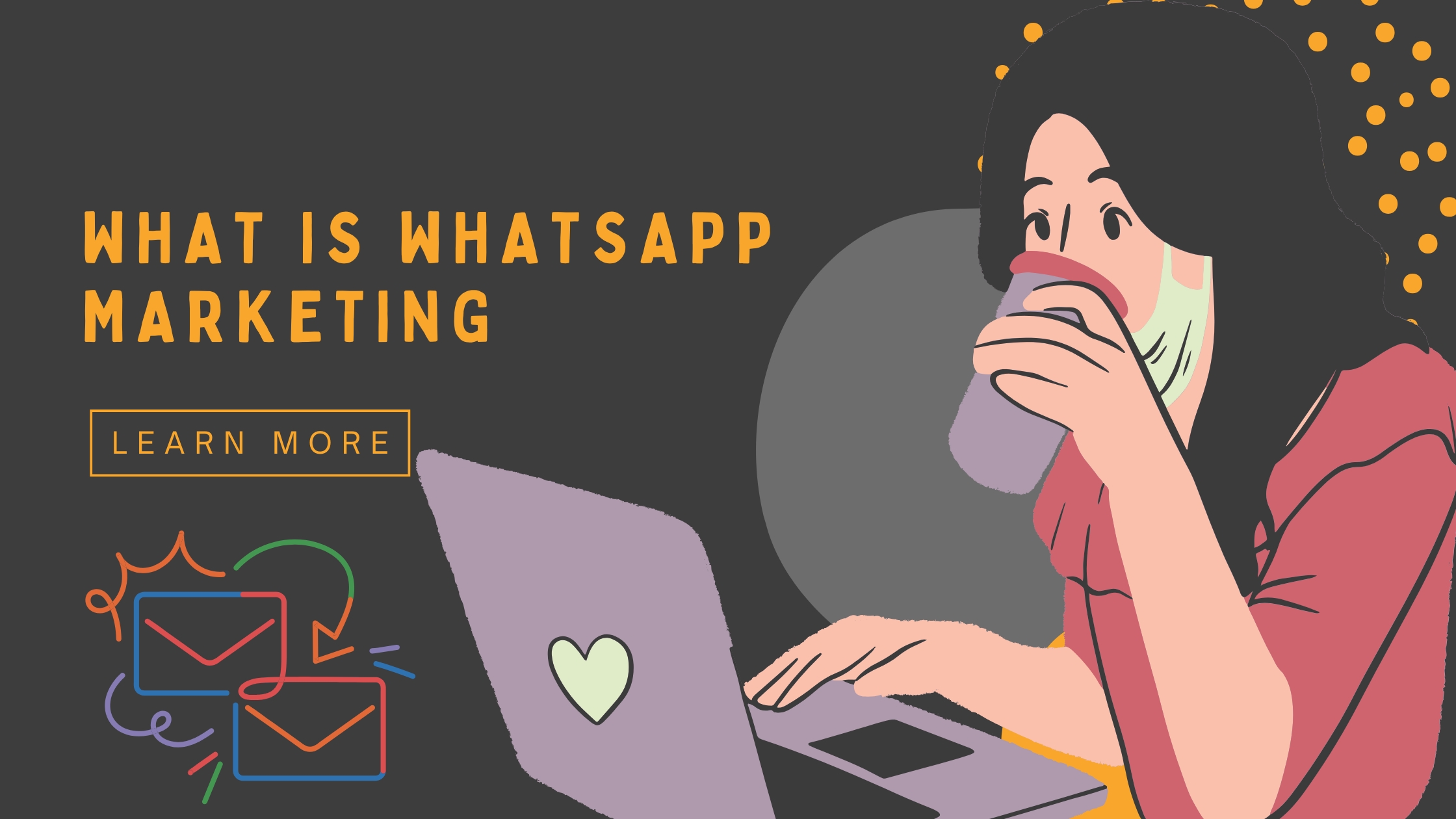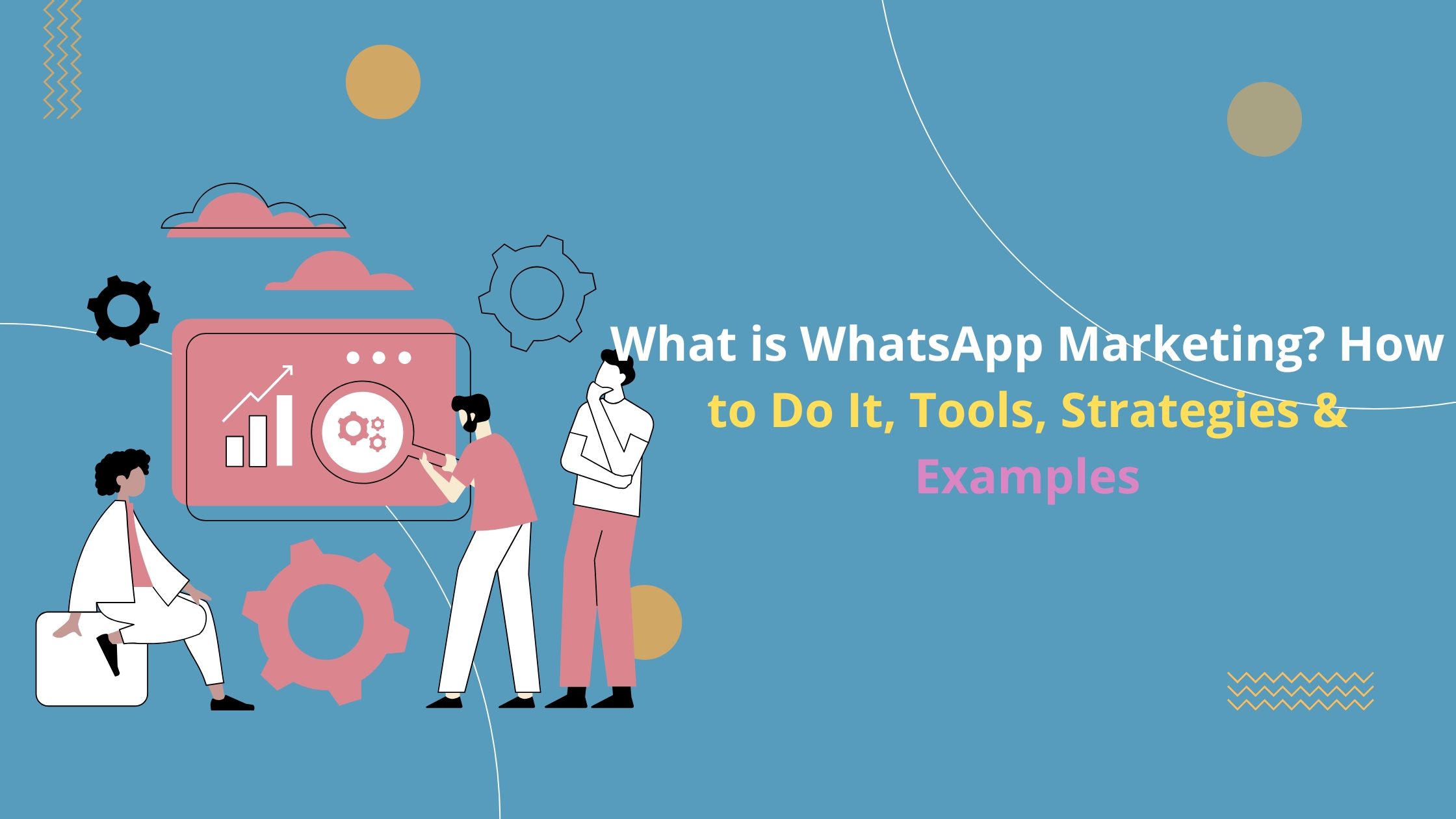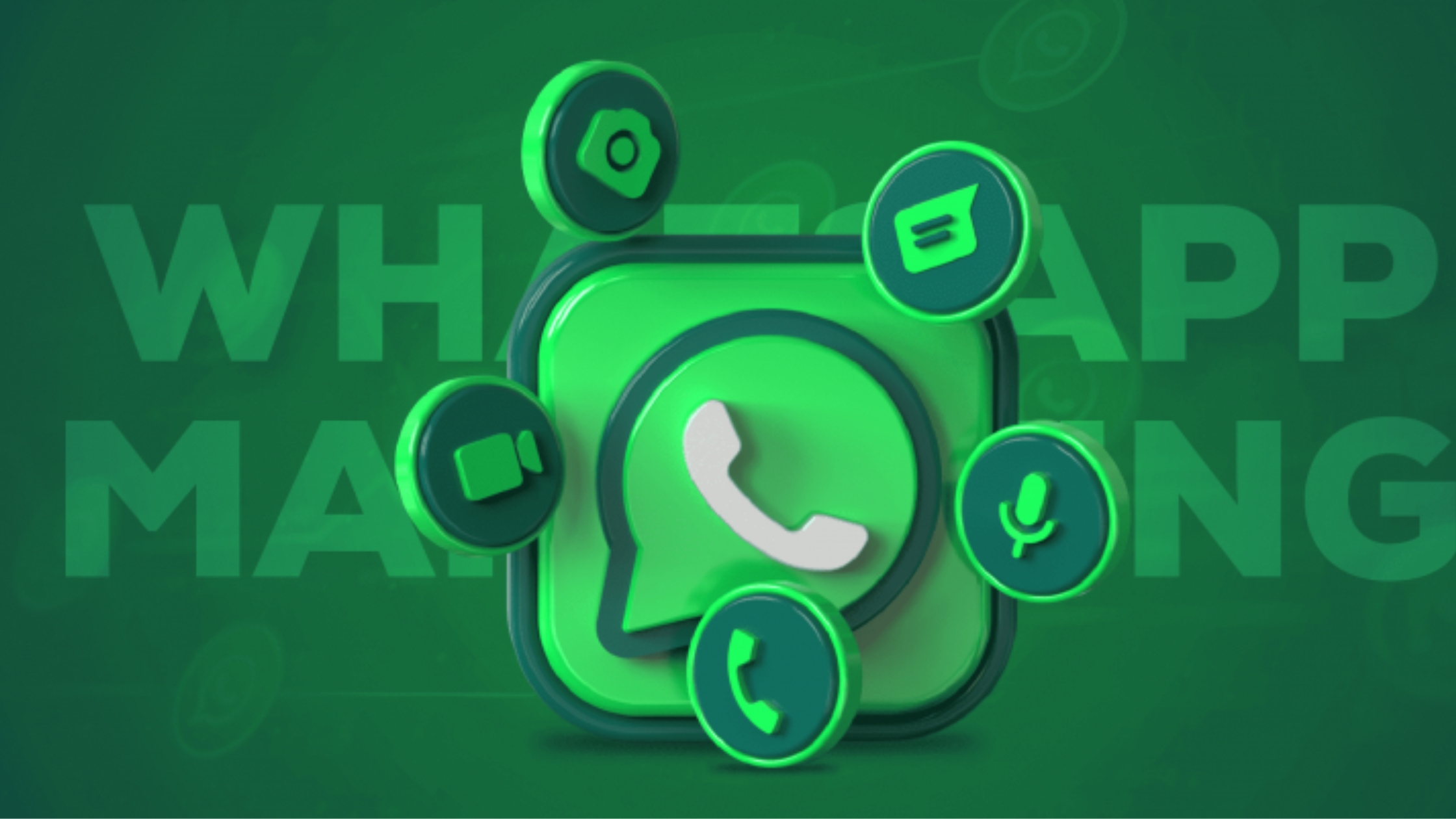
In today’s hyper-connected world, messaging apps dominate how people communicate. Among them, WhatsApp stands out with over 2 billion users globally. For businesses, this opens a channel to customers’ smartphones. So, what is WhatsApp Marketing? How to do it, tools, strategies & examples—let’s explore this powerful marketing channel that’s reshaping engagement.
WhatsApp Marketing involves using the WhatsApp platform to promote your products or services, send updates, provide customer support, and build long-term customer relationships. Unlike traditional marketing, it’s personal, real-time, and interactive.
The question many businesses ask is: What is WhatsApp Marketing? How to do it, tools, strategies & examples that actually work in 2025? The answer lies in using WhatsApp to deliver value-based, timely, and relevant messages while complying with the platform’s rules and user preferences. You can also check Social Media Marketing Course in Jaipur.
Why WhatsApp Marketing Matters in 2025

Before diving into how to do it and the tools and strategies, let’s understand why WhatsApp marketing matters now more than ever.
1. Unmatched Reach
WhatsApp is the most used messaging app in many countries, including India, Brazil, and parts of Europe and Africa. It allows you to connect with your audience where they are already active.
2. High Engagement Rates
Messages on WhatsApp have an open rate of over 90%, far exceeding email or social media.
3. Two-Way Conversations
Unlike other platforms, WhatsApp allows real-time conversations, creating opportunities for instant support and deeper engagement.
This is why knowing what is WhatsApp Marketing? How to do it, tools, strategies & examples is crucial for digital marketers in 2025 aiming for higher conversion and customer retention.
How to Do WhatsApp Marketing Effectively
Humne ab tak yeh to samajh liya ki WhatsApp Marketing hoti kya hai, lekin ab baat karte hain uske istemal ke tareeke ki. Agar aap WhatsApp Marketing ko safal banana chahte hain to bas message bhejna nahi, ek smart planning bhi honi chahiye.
Step 1: Get WhatsApp Business App or API
Start with the WhatsApp Business App for small businesses, or the WhatsApp Business API for medium to large enterprises. The API enables automation, integrations, and broadcasts to a wider audience.
Step 2: Build a Contact List with Permission
Random logon ko bina unki permission ke message bhejna WhatsApp policy ke khilaf hai. Isliye, users ke numbers ko legal tareeke se collect karne ke liye opt-ins aur clear calls-to-action ka use karein.
Step 3: Segment Your Audience
Send relevant messages by segmenting your users based on behavior, demographics, or purchase history.Isse aapke messages zyada personal lagte hain aur user ka interest bhi badhta hai.
Step 4: Create Engaging Content
Think beyond text. Use images, videos, voice notes, and clickable CTAs to make your campaigns more dynamic.
Step 5: Track & Optimize
Analyze open rates, click-throughs, and conversions. Use this data to refine your approach over time.
Remember, effective WhatsApp Marketing begins with a clear understanding of what is WhatsApp Marketing? How to do it, tools, strategies & examples, and then applying those principles with consistency.
Top Tools for WhatsApp Marketing Success


Using the right tools can supercharge your campaigns.What is WhatsApp Marketing? How to Do It, Tools, Strategies & Examples Let’s look at some of the most effective ones in 2025 that support WhatsApp Marketing efforts.
1. WATI
Great for automating messages and integrating with CRMs. Perfect for businesses using the WhatsApp Business API.
2. Zoko
A multi-user platform that’s ideal for e-commerce businesses, providing analytics, order tracking, and team chat features.
3. Twilio
Well-known for API integration and SMS, Twilio also supports WhatsApp for business automation and notifications.
4. Sendinblue
This email marketing platform now integrates WhatsApp messaging into their automation workflows.
5. Freshchat
Allows real-time WhatsApp support, automated chatbots, and multichannel messaging.
Jo bhi tool aap use karein, woh aapki business strategy ke saath match hona chahiye.But first, you must clearly define what is WhatsApp Marketing? How to do it, tools, strategies & examples for your brand to ensure tool compatibility and ROI.
Winning Strategies & Examples
To really shine, let’s explore proven strategies and real-world examples that illustrate what is WhatsApp Marketing? How to do it, tools, strategies & examples in action.
✅ Strategy 1: Broadcast Promotions with Personalization
Send personalized product discounts based on user behavior. For instance, a clothing store might message users: “Hey Anna! We’ve got new arrivals in your favorite size and color. Tap to see 👗.”
✅ Strategy 2: Customer Support Automation
Use chatbots to resolve FAQs and assist with order tracking, reducing response times.
✅ Strategy 3: Exclusive WhatsApp Communities
Create VIP groups where loyal customers receive early access to sales, insider news, or direct chat support.
Example: Nykaa (India)
This beauty brand uses WhatsApp to update customers about order status, offer tailored product suggestions, and share exclusive sale alerts.
Example: Hellmann’s (Brazil)
They ran a campaign where users could message a chef on WhatsApp with photos of ingredients, and the chef would reply with recipe ideas!
All these examples clearly define what is WhatsApp Marketing? How to do it, tools, strategies & examples in a real-world business context.
Final Thoughts
In a world of fleeting attention spans, WhatsApp delivers messages that actually get seen and acted upon. By now, you’ve explored what is WhatsApp Marketing? How to do it, tools, strategies & examples in depth—and you’re ready to launch your own campaigns with clarity.
To sum it up:
- It’s direct and personal.
- It drives high engagement.
- And when done right, it can boost your conversions, loyalty, and brand perception.
Want to win in 2025? Master what is WhatsAppMarketing? How to do it, tools, strategies & examples, and your business will stay top-of-mind—and top-of-inbox—for your customers.


